Former MM&A engineer Thomas Harding, manager Jean Demaître, and dispatcher Richard Labrie have each been charged with 47 counts of criminal negligence causing death and are standing trial in Sherbrooke, 60 miles west of Lac-Mégantic in southern Quebec.
A railroad expert hired by investigators and former a Quebec North Shore & Labrador employee, the only other freight railroad in Canada allowed to use single-person crews, testified that the remote ore railroad made dozens of changes before reducing crew sizes in the 1990s. Stephen Callaghan testified that he had been part of the committee that helped write up the rules for one-person operations at the QNS&L. At least 65 changes were made to QNS&L’s operational practices and each operating department employee got at least 10 days of training, including wilderness survival and first aid courses, as much of the QNS&L route north of the St. Lawrence River is through an extremely remote region of Quebec.
MM&A officials, on the other hand, only made one change, installing a mirror on the conductor’s side of the locomotive, prior to implementing single person crews, witnesses have testified at the trial that started early in October.
Callaghan, who was hired by law enforcement to help with the investigation, also testified that he inspected the doomed oil train at the request of police and found that only seven hand brakes had been applied, including on the five locomotives, one remote control caboose and a spacer car. In his opinion, however, it would have taken seven additional hand brakes, for a total of 14, to keep the train stationary after Harding parked the train west of Lac-Mégantic in July 2013.





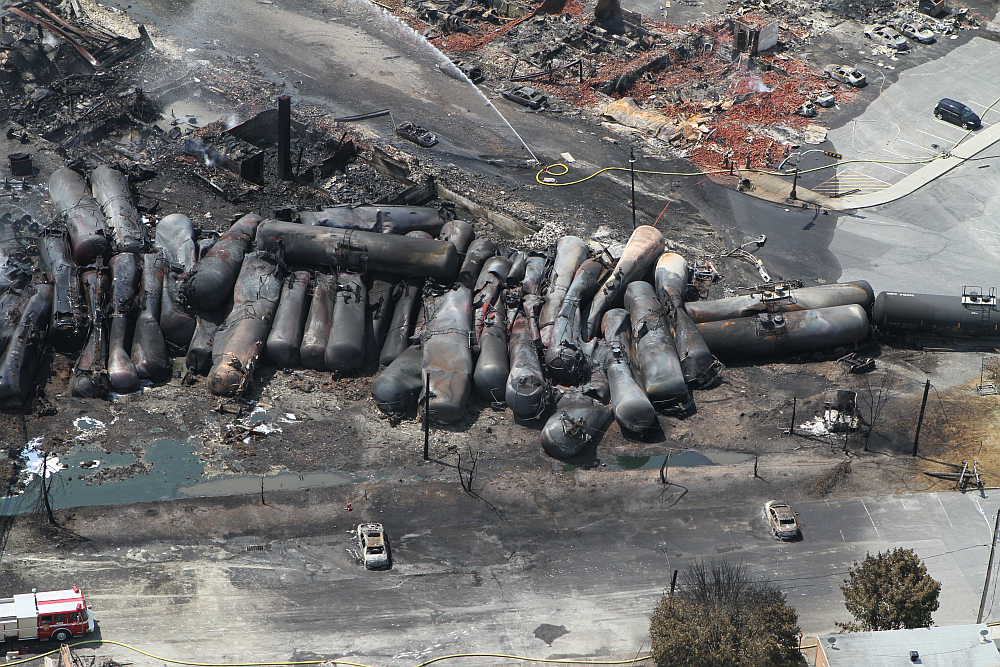

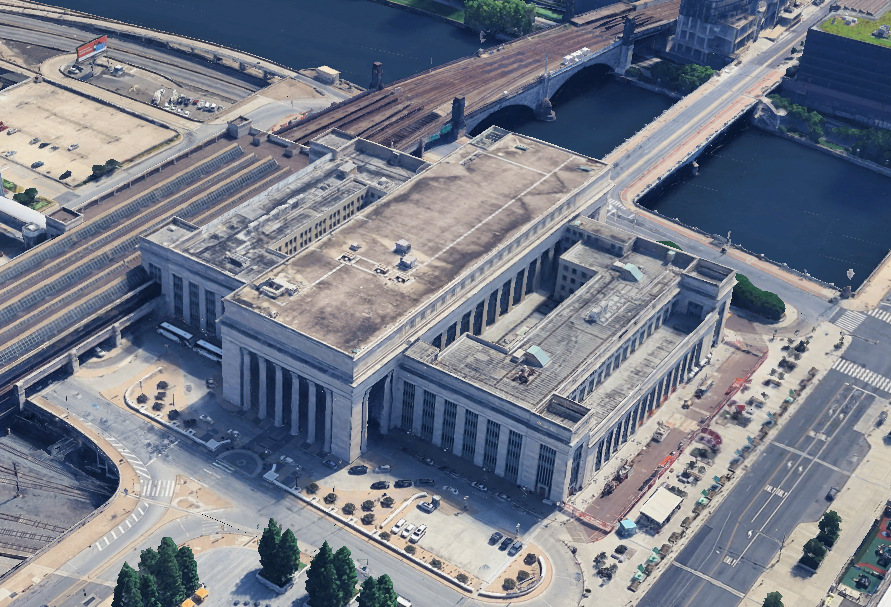
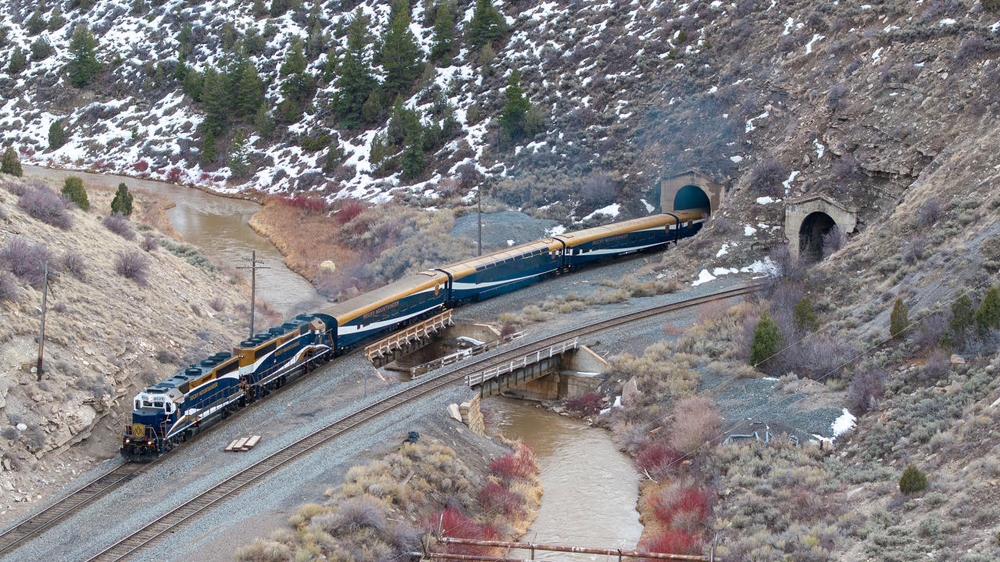
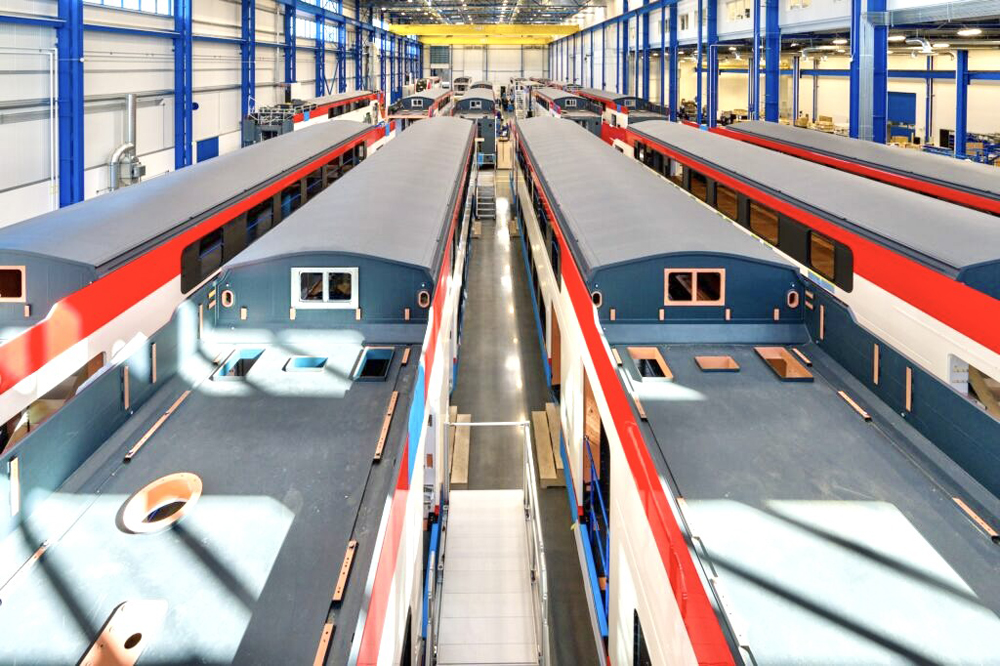
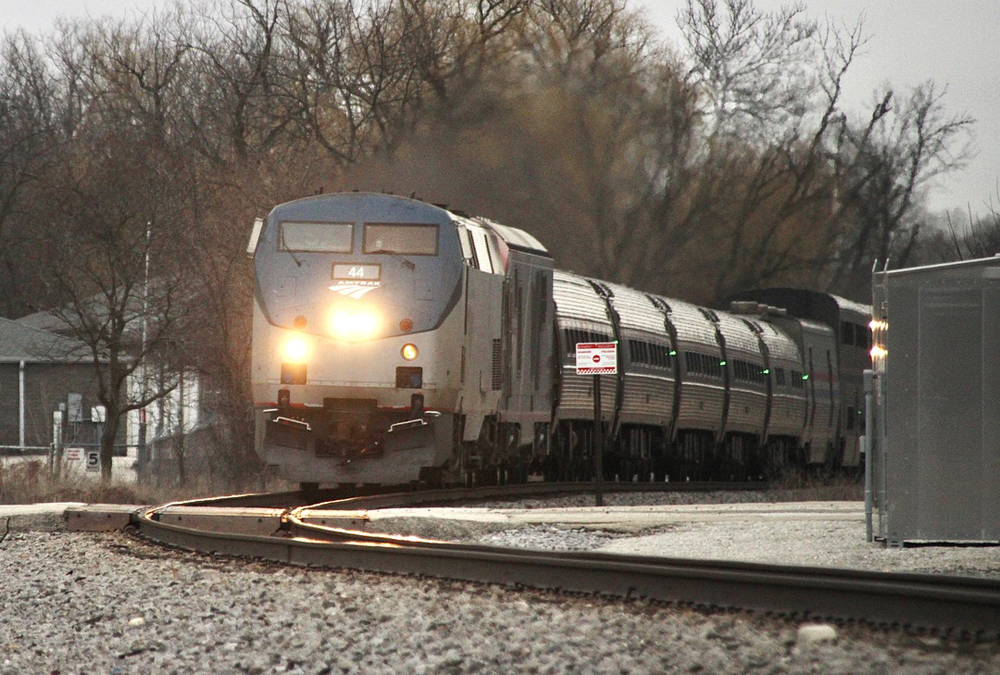




I live close to the West Shore tracks owned by EHH. My governor Chris Christie, a Trump wannabe, wouldn’t give the various police, fire and emt’s what the oil tankers were carrying. I hope that our new governor will change that.
I saw Ed Ellis implicated. That may have been removed, but the man you were thinking of was Ed Burkhart. I did not look up the spelling his name. Ed Ellis has enough trouble, as seen in a more recent News Wire, showing him with a guitar singing of nimbys who did not want him to store tank cars in New York. I believe in liberty and justice for all, but I do not want to make unjustified accusations against short line presidents.
Every time Newswire reports on the Lac-Megantic disaster, a bunch of posts appear defending the MM&A and attempting to place blame on other parties. The firefighters have been a popular target and now the Mayor of the town is supposedly culpable. What a load of nonsense.
Every railroad is totally responsible for the safe operation of its trains. ‘Safe’ is not a subjective term. In Canada, Transport Canada issues regulations that determine what is required to operate safely. The MM&A had its own rules in addition to the Transport Canada rules. Investigation of the disaster has already determined that MM&A did not follow its own rules and those of Transport Canada. The required number of hand brakes were not applied. The MM&A allowed the train to be left in a precarious state where it depended on the continued operation of an old, defective locomotive that was already showing signs of imminent failure. The railroad was not operating the train in a safe manner.
Every community and property owner along a railroad right-of-way has the right to expect that the railroad will operate its trains in a safe manner, in accordance with the law and regulations. MM&A failed to operate safely – there is no doubt.
The subject of single person crews is also raised with each story. I understand that MM&A received temporary special permission on the basis that its trains were relatively small and short, and did not pose any special risks. Single person crews would help the financially struggling railroad stay in business. Did MM&A propose operating long crude oil trains as part of the request for one person crews? I doubt that Transport Canada would have granted permission if that had been the case. I wonder if MM&A ever advised Transport Canada that it was moving long crude oil trains after the one person crew authorization was granted? If MM&A had been up-front and advised Transport Canada about the change in train operations then I think the one person crew permission would have been withdrawn immediately, or revised to exclude long trains carrying dangerous cargo. CP and CN would have been making application for their own single person crews on crude oil trains if Transport let a small, unstable railroad operate that way.
Railroads pay CEO and management big buck saleries but can’t afford to pay two man crews? BS!
I still can’t believe that leaving a train spotted (not parked) unattended with idling locomotives should be permitted by any governmental body especially after 9/11!
All operating railroad employees should be required to have full knowledge of train handling in case of any emergency as well as Red Cross first aid training.
We live in a Century 21 Wacky World and I don’t think it is going to improve anytime soon. A pity.
Love the first sentence, third paragraph: “A railroad expert hired by investigators and former a Quebec North Shore & Labrador employee, the only other freight railroad in Canada allowed to use single-person crews, testified that the remote ore railroad made dozens of changes before reducing crew sizes in the 1990s.” Sounds like two people testified not just Mr. Callaghan. The details of the QNS&L are distracting. Suggest: A railroad expert hired by investigators, former a Quebec North Shore & Labrador employee Stephen Callaghan testified the remote ore railroad made dozens of changes before reducing crew sizes in the 1990s. The QNS&L is the only other freight railroad in Canada allowed to use single-person crews.
Considering the number of comments on Train Wire concerning the use of the kings English some commenters might want to make sure spell check is turned on. Keeps me honest, I hope.
Robert McGuire: “One person crews.” LOL
One man crews are a bad idea. Using absurdity to make the point…had ten men been assigned to this train the accident would not have happened.
Henry, I don’t think you can blame the fire department as there was a MM&A employee there, however he was a Track Department Employee who didn’t know anymore about the locomotives and brakes than the fire department.
I don’t think the use of one person crews is wise but, that being said, the cause of the accident was the fact that the engineer did not set enough brakes. Whether their was one person or 10 on the locomotive, the cause of the crash was the lack of adequate braking power nothing else.
While I believe the railroad in general is culpable in this incident I also believe the fire crew failed to notify the railroad of their actions and have to share the blame. But the base argument against one man crews is going to be, and should be, the spotlight argument and resolution to be gained. For one, I am not in favor of one man crews in the name of efficiency and safety. One man crews are actually offer a false sense of security and efficiency when management only looks at the bottom line.
Edit the fourth graph: … witnesses have testified at the trail that started early in October. I believe the witnesses testified at the trial.
The practice of ‘parking’ the trains in that location, apparently was anon going policy of the railroad…. The decision to use a placer that was less than ideal, to park the train was apparently a sop to the Lac Megantic Mayor[ as pointed out in the post by Robert Ray]. Again, should not the Mayor be at least bearer of some culpability, insisting that the railroad stop parking their noisy trains where they disturbed the local citizenry?
Then there was therw Fire Dept who responded to a ‘smoking unit’ call, and then, basicly, cutting off the air supply to the parked train, by stopping the diesel engine. Further failing, to start another of five available units to keep the air line charged….Most probably, they were hindered by a sever lack of knowledge of the WHY’s and Wherefores of the reasons the engine was kept running, and the need to keep the trains airline suppled with air?
It seems that there was more than a gracious plenty of errors caused by the failure of the railroad to assist the fire brigade with their ‘call’ to the locomotive. Not to mention the railroad sending an unqualified person to represent the railroad in the incident… The town of Lac Megantic, and its 47 citizens; paid a heavy price for an inept politician’s attempt to mollify his constituents.
SUMMARY:Check the facts and you will see one man operation had nothing to do with this.
The engineer had sufficient time to set hand brakes on the cars and failed to do so even though their were rules in place. He alone caused the disaster.
Citations
Engineer on duty-10 hours of 12 (Railway Investigation Report R13D0054)
MMA Rules required hand brakes to be applied
MMA Canadian Rules:112. SECURING EQUIPMENT
(a) When equipment is left at any point a sufficient number of hand brakes must be applied to prevent it from moving. Special instructions will indicate the minimum hand brake requirements for all locations where equipment is left. If equipment is left on a siding, it must be coupled to other equipment if any on such track unless it is necessary to provide separation at a public crossing at grade or elsewhere.
(b) Before relying on the retarding force of the hand brake(s), whether leaving equipment or riding equipment to rest, the effectiveness of the hand brake(s) must be tested by fully applying the hand brake(s) and moving the cut of cars slightly to ensure sufficient retarding force is present to prevent the equipment from moving. When leaving a cut of cars secured, and after completion of this test, the cut should be observed while pulling away to ensure slack action has settled and that the cars remain in place.
(c) Application of hand brakes must not be made while equipment is being pulled or shoved.
Engineer Failed to follow these rules (Railway Investigation Report R13D0054)
Engineer Harding only applied 24 brake shoes by his application of hand brakes. If he applied hand brakes to the first 3 oil cars he would have doubled the holding power. If he had applied 10% plus two cars, only counting the oil cars, he would have applied 78 brake shoes and then he should have done his tug test. A tug test requires him to release all air brakes and then try to pull his train against those hand brakes, power to second notch throttle position. Mr. Harding made his tug test with all the locomotive air brakes shoes applied so it did not test the hand brakes he applied. The hand brakes he applied on his 4 locomotives only applied 8 brake shoes, then he applied the radio caboose (8 shoes) and the spacer car 8 shoes, for the total of 24 shoes.
The fact that there was not a second employee is not relative to the proper application which Mr. Harding could have done if he was not lazy. He knew the company condoned his using engine air brakes to hold the train but the law requires the train totally held by hand brakes, with no locomotive air involved.
And don’t forget everyone reading this, EVERY CREW WHO PICKED UP AND CONTINUED WITH EVERY TRAIN FROM NANTIE KNEW HOW MANY HAND BRAKES THEY HAD TO RELEASE TO MOVE THEIR TRAIN. THOSE OTHER ENGINEER ALSO FAILED TO APPLY SUFFICIENT HAND BRAKES TO HOLD THOSE TRAINS. The earlier post by TRAINS noted that the west bound train that got tied down east of Lac Megantic was also in violation of sufficient hand brakes and engineer arrested. Even after the fact of the fire being known he did not apply half of what he should have. Very bad management on this railroad.
The management permitting the counting of locomotives for inclusion of 10% plus two was in error as the hand brake wheels on locomotives do not apply all 16 shoes on the locomotive, only applies 2 parking brake shoes.
When you run any operation, and particularly a railroad, on the cheap-cheap-cheap, this is the result. Poor training on the part of the engineer and the dispatcher, shoddy equipment, lack of communication, all spell disaster.
One thing that has never been discussed. Why were the trains parked on the side of a hill anyway ? Someone who has ridden that line says the Lac Megantic mayor (and the voters) complained about the noise of the idling diesels so he made the railroad park the trains on the hill way outside of town. Obviously not a failsafe solution.
At the end of the day if there had been just 1 more person on duty the conductor I’m talking about 99% this would not have happened. Conductor ties the cars , engineer releases the brakes , train stays put ,Engineer sets em back up, goes and ties his power down, Leaves a 2nd engine running to keep brake system charged, kills the leader that was smoking and they both then go to hotel to rest. 47 ppl would still be alive and a small town in eastern Canada that was at the center of this story we would still not have heard of. JUST ONE MORE PERSON. corporate greed at it’s finest. Shame on any railroad who lies and says one man crews are a good idea. This proves that just not the case. Again prayers go out to all who were affected by this unthinkable tragedy.
Did the fire brigade actually inform the railway that they had to switch off a loco?
I have operated as a single-man crew previously. There was no local switching. Additionally, there were mechanical and supervisory personnel in the general vicinity. The trains were large, usually more than 11000 tons. Help in the form of MoW or Mechanical personnel or an operations supervisor was likely not more than 30 minutes away.
What I missed was having a second person to (1) copy and confirm mandatory directives like the Track Warrants that controlled the railroad and (2) keep a lookout to the rear for derailments, sticking brakes…and watch ahead at grade crossings and look for other line side hazards. These are critically important safety duties.
Bottom line — I am not a fan…safety was compromised.